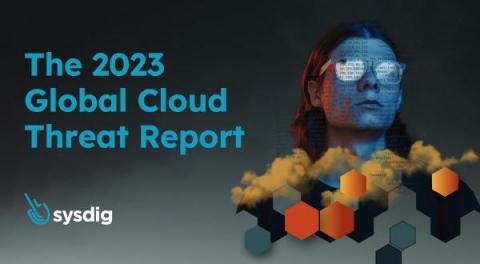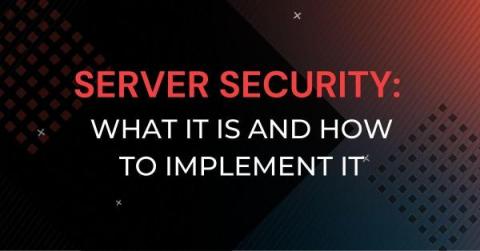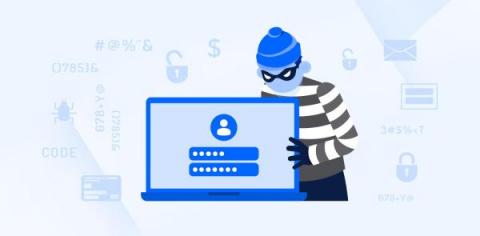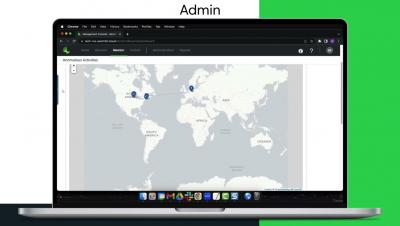Mitigating DOM clobbering attacks in JavaScript
The Document Object Model (DOM) acts as an interface between HTML and JavaScript, bridging the gap between static content and dynamic interactivity. This function makes the DOM indispensable for modern web developers. However, the DOM has a pitfall — DOM clobbering. DOM clobbering occurs when HTML elements conflict with global JavaScript variables or functions, which can lead to unexpected behavior and a potential security loophole in your web application.










